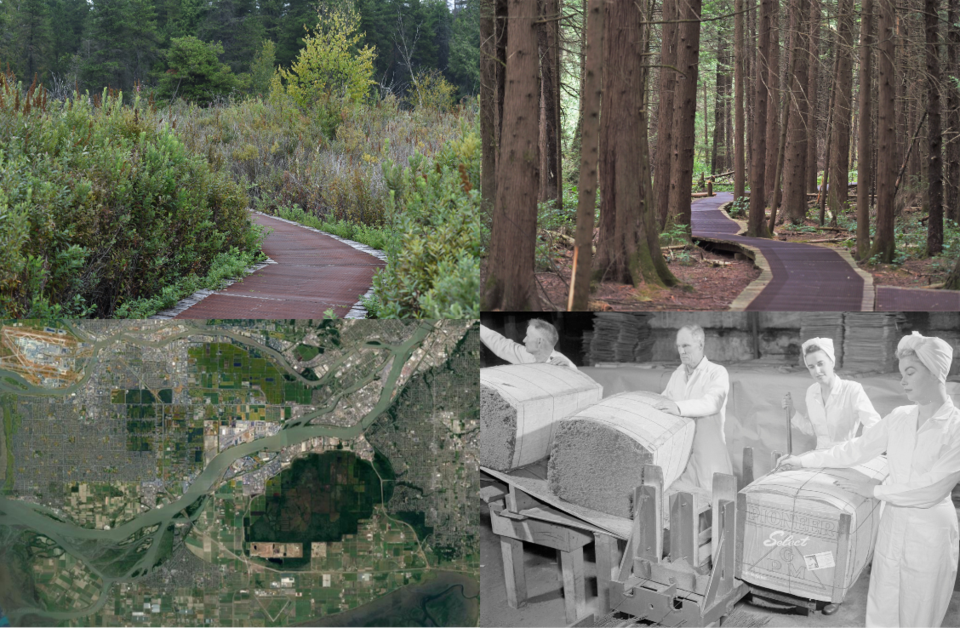Burns Bog isn't the flashiest piece of land in Metro Vancouver; in fact, most people probably don't give it a thought as they drive past it in Delta.
But the big bog (it's bigger than Pacific Spirit Park and Stanley Park put together) is significant in lots of ways.
It's one of the largest raised peat bogs in the world, and may be the largest in North America. At 3,500 hectares it's one of the largest nature in the world inside an urban area (Metro Vancouver) where people are restricted.
And it's home to a huge amount of biodiversity; more than 230 different species of birds, mammals, and reptiles live there (ironically, the protected bog land neighbours the Delta landfill). There's also a diverse botanical scene as well. But no fish.
And it holds a massive amount of carbon; peat bogs are much more efficient at holding carbon than forests of any type.
Historically it was also important to local Indigenous peoples who used it as a source of food, both hunting and gathering in the area.
So here are five things to know about the giant bog south of Vancouver.
1. Sinking cows thwarted early settlers
In 1906 the Great Delta Bog, as it was known at the time, was sold to Dominic Burns for $26,000 (less than 100 years later it was sold for $73 million).
Burns had a plan for his new land. He wanted to build a ranch. His family had a successful cattle and butcher business, and the plan was to grow it.
So Burns brought cows and sheep to the bog. However, because the bog was soft and the cows were heavy, the cows were getting stuck in the ground all the time, sinking into the mushy peat.
While the bog was terrible for ranching, peat bog has its own value.
After the US got involved in WWII peat became a natural resource America was in need of. Europe, which was the usual source, was mired in war, so Canadian peat from Burns Bog was a popular new option.
An estimated 100,000 bales were sent to Nevada and some of it was used to create magnesium, which is used in incendiary bombs.
3. Someone tried to escape police by driving a tractor into the bog and it got stuck
Somewhere in the bog an old tractor is slowly falling apart.
In the 1970s a tractor was stolen from a construction site, but the thief didn't get far as a police car was soon in pursuit.
Trying to evade the law, the tractor tried offroading and drove into Burns Bog. Like the cows, the tractor was too heavy and began to sink, very slowly.
In 1995 a local offered to try pulling it out, but ended up getting his own tractor stuck in the bog. Luckily, it was exposed enough that it could be hauled out with the help of a helicopter.
4. The PNE was nearly moved there
In the late 90s there was a discussion about moving the PNE from its site on East Hastings to a new, larger place.
Burns Bog was floated as the new home, given its large, undeveloped area. However, environmental concerns and local opposition pushed provincial politicians to reconsider the idea.
A few years later four levels of government worked together to set up an ecological conservancy area with strict rules about land use and access.
There were other, for the land, as well.
While there's a small section on the northeastern edge that's open to the public, access to the rest of the bog is restricted to researchers.
Those researchers have to sign an agreement that has several notes about what's allowed to be brought in or out of the Burns Bog Ecological Conservancy Area (BBECA).
"Defecation is not permitted within BBECA. Human feces must be removed from the site," reads one line.




